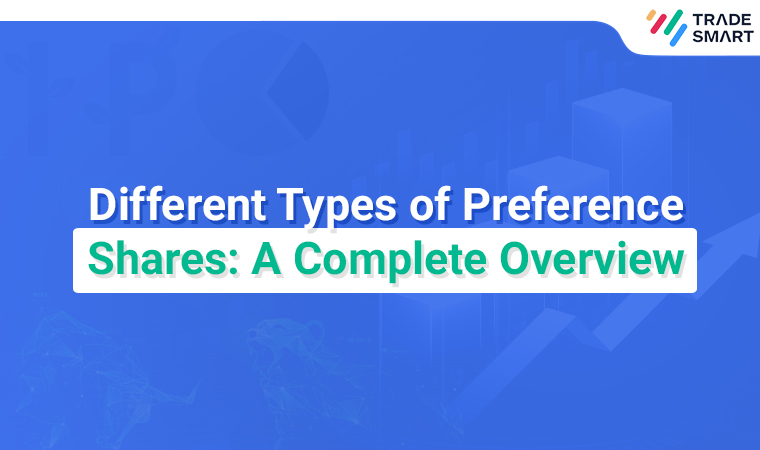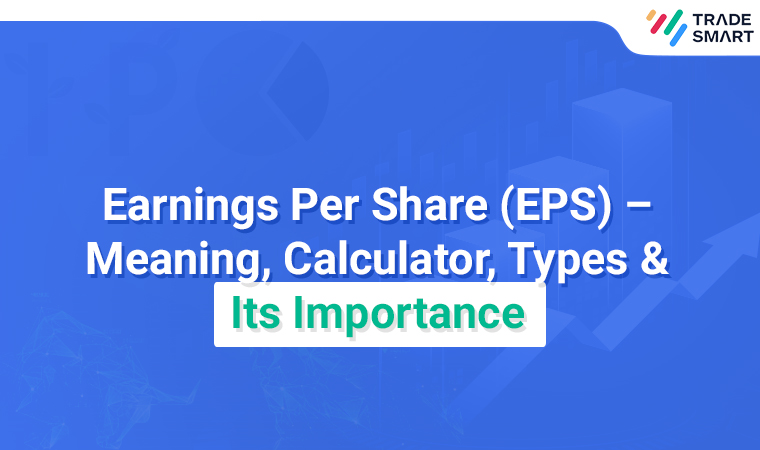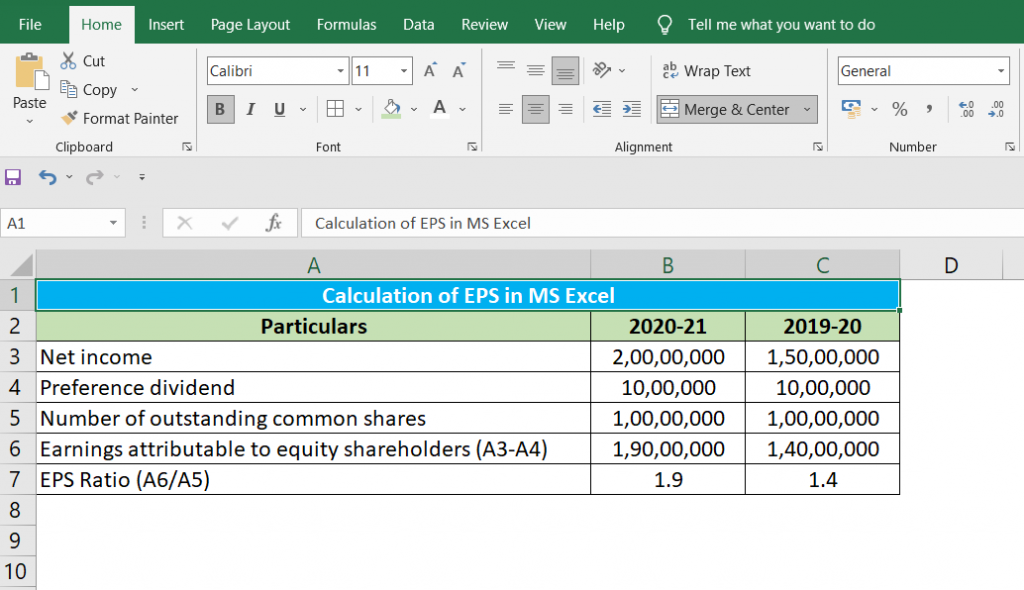We are all aware that salary, rental, and company income are all taxed. Similarly, income/loss from selling equity shares is classified as ‘Capital Gains.’
So what is a capital gain?
Any profit derived from the sale of a capital asset is referred to as a capital gain. The profit earned comes under the category of income. As a result, a tax must be paid on the income earned. The tax is known as capital gains tax, and it may be either long-term or short-term.
This categorisation is based on the length of time the shares have been held. The holding period is the length of time that an investment is held from the date of purchase to the date of sale or transfer.
Income is further categorised under the heading ‘Capital Gains’ into two types:
-
Long term capital gains (LTCG)
-
Short term capital gains (STCG)
| Note: India’s capital gains tax is not required under the Income Tax Act if the person inherits the shares and there is no sale. |
Computation of Tax on STCG on Shares:
If an equity share listed on a stock exchange is sold within a year after the acquisition, the seller may realise a short-term capital gain (STCG) or suffer a short-term capital loss (STCL). When the selling price is more than the purchase price, the seller makes a short-term capital gain profit.
| STCG = (Sale price) – minus (Purchase price) – minus (expenses incurred on sale) |
Things to Remember:
- You have to pay short-term tax on shares at 15%, irrespective of your tax slab rate. Even if you are a senior citizen and have a higher slab rate, you must pay 15% on your STCG.
- If a stock exchange-traded equity share is sold within 12 months of purchase, the seller may realise a long-term capital gain (LTCG) or incur a long-term capital loss (LTCL) (LTCL).
- Before the introduction of Budget 2018, long-term capital gains on the sale of equity shares or equity-oriented units of mutual funds were tax-free, i.e., no tax was payable on gains on the sale of long-term equity investments.
- This exemption was removed from the 2018 Financial Budget. If the seller makes a profit on the sale of equity shares or mutual funds above Rs. 1 lakh, it will be subjected to 10% long-term capital gain taxes (plus any cess if applicable). The seller will not benefit from indexation effective from April 1, 2018.
What about the Taxes on selling shares at a Loss?
Short-term Capital Loss
- Any short-term capital loss from equity share sales may offset any short- or long-term capital gain from any capital asset sale. If the loss is not set off, it may be carried forward for eight years and offset against any short- or long-term capital gains made during the same period.
- A taxpayer can only carry forward the losses provided he has filed his income-tax return before the due date. Thus, even if your total income for the year is less than the minimum taxable income, you must file an income tax return to carry forward these losses.
Long-term Capital loss
- Long-term capital loss from equity shares was deemed a dead loss until Budget 2018 — it could not be modified or carried forward. It’s because long-term capital gains from listed equity shares are excluded. Similarly, they were not permitted to put aside or take forward their losses.
- Following the amendment of the Budget 2018 to tax such profits of more than Rs 1 lakh at 10%, the government has also stated that any losses originating from such listed equities, shares, mutual funds, and so on will be carried forward.
| Capital Loss on Sale of Shares | Holding Period | Applicable Taxes | Carry forward provision |
| Short Term Capital Loss | Less than 12 Months | Set off against both STCG & LTCG | Available up to 8 years |
| Long Term Capital Loss | More than 12 Months | Set off not allowed | Not applicable |
What is Securities Transaction Tax (STT)?
STT is levied on all equity shares traded or purchased on a stock exchange. The tax mentioned above applies solely to shares traded at a stock exchange. STT applies to any sale or buys on a stock market. As a result, the tax considerations outlined above only apply to shares on which STT is paid.
Capital Gain on Sales of Non-STT Paid Shares:
| Capital Gain on Sale of Shares for Non-STT paid shares | Holding Period | Applicable Taxes |
| Short Term Capital Gains | Less than 12 Months | As per Slab Rates |
| Long Term Capital Gains | More than 12 Months | 20% Tax |
Exemptions and deductions under short-term capital gain tax on shares:
Sale of Unlisted Shares:
The Central Board of Direct Taxes (CBDT) department has given its opinion for sales of shares not listed on any stock exchange and does not have any official data related to trading. To minimize disputes/litigation and maintain a unified approach, income deriving from the transfer of unlisted shares will be taxed under the head ‘Capital Gain,’ regardless of the holding period (as per the CBDT circular Folio No.225/12/2016/ITA.1I dated May 2, 2016).
What if you are in the Business of Selling Shares?
If you have extensive share trading activity (for example, if you are a day trader with a lot of action or routinely trade in Futures and Options), your income is usually classed as business income. In this scenario, you must submit an ITR-3, and your revenue from share trading is reported under ‘income from business and profession.’
Certain taxpayers classify earnings or losses from stock sales as “income from a company,” while others classify them as “capital gains.” It has been hotly debated whether your profits/losses from selling shares should be classified as company income or capital gains.
What if selling shares is considered my regular business?
When you classify the sale of shares as business revenue, you may deduct the costs of earning that money. In such circumstances, the earnings are added to your total income for the fiscal year and, as a result, taxed at slab rates.
- Taxpayers get letters from the tax department and spend a significant amount of time and effort explaining why they picked a specific tax treatment for the sale of shares.
- If the taxpayer chooses to regard his listed shares as stock-in-trade, the income will be handled as business income. Regardless of the length of time, a listed share has been held. The AO must accept the taxpayer’s preferred position.
- If the taxpayer considers the income as capital gains, the AO will not contest it. This applies to listed shares held for longer than a year. However, this position, once adopted by a taxpayer in a given assessment year, is relevant in the following assessment years. The taxpayer cannot change their mind in the next years.
- Taxpayers are now given the option of how they wish to approach such income. They must, however, continue to use the same procedure in consecutive years unless there is a significant change in the facts of the case. It should be noted that the option is limited to listed shares or securities.
Tips to Reduce the Burden of Short Term Capital Gain Tax on Shares
With proper tax planning, you can reduce your Short term capital gain tax on shares.
Some essential tips are as follows –
- Make use of Basic Exemption Limit: You can also open a Demat account in your spouse’s name and trade shares. If your spouse is not earning, you can benefit from the basic exemption limit. If your spouse is a senior citizen, you can reduce your burden even more since senior citizens have higher exemption limits. Refer to the latest tax slab rates applicable for the year here.
- Setting-off losses can help reduce your current year tax: Short-term capital Losses incurred in share sale can be offset against short-term capital gains. This helps reduce your tax burden. Hence, it’s essential to maintain your transaction records properly to account for the losses also.
- Carry Forward your losses to save future tax: Unutilised short-term capital Losses can also be carried forward and set off against the future short-term capital gains. You need to calculate the losses and disclose them in the current ITR filing to avail this benefit in the next year. Thus, it’s essential to file your ITR with the help of a tax practitioner, to carry forward these losses to the following year.
Some examples for the Calculation of Short Term Capital Gains Tax on Stocks
| Example 1: Mr Janak is a paid worker. In December 2020, he acquired 100 equity shares of X Ltd. from the Bombay Stock Exchange for Rs. 1,400 per share. These shares were sold on the BSE in August 2021 for Rs. 2,000 per share (a securities transaction tax of 2% was paid at the time of sale). In this scenario, what is the nature of the capital gain? |
Answers:
- Shares were acquired in December of 2020 and sold in August of 2021, implying that they were sold after holding them for less than a year, and so the gain will be a short-term capital gain.
- Section 111A applies to STCG originating from the transfer of equity shares, units of equity-oriented mutual funds, or units of business trusts via a recognised stock exchange on or after 1-10-2004 if the transaction is subject to the securities transaction tax.
- Section 111A applies to STCG originating from the transfer of equity shares, units of equity-oriented mutual funds, or units of business trusts via a recognised stock exchange on or after 1-10-2004 if the transaction is subject to the securities transaction tax.
- If the prerequisites of section 111A are met, the STCG is referred to as STCG covered by Section 111A. Such gain is taxed at a rate of 15% (plus relevant surcharges and cess).
- In this situation, shares were sold after possessing them for less than 12 months via a recognised stock exchange, and the transaction was subject to STT. Hence, the STCG can be classified as STCG covered by Section 111A. Such STCG will be taxed at a rate of 15%. (plus surcharge and cess as applicable).
| Example 2: Mr Poddar is a salaried worker. He acquired 100 equity shares of ABC ltd. in December 2020 for USD 70 per share. These shares were sold in August 2021 at $85 per share. Since the shares were traded in a recognised international financial centre, there was no STT on the share transfer. |
Answers:
- Section 111A applies to STCG resulting from the transfer of equity shares through a recognised stock exchange where the transaction is subject to the securities transaction tax.
- STCG subject to taxation under Section 111A is taxed at a rate of 15% (plus relevant surcharges and cess).
- However, beginning with the Assessment Year 2018-19, the benefit of a 15% concessional tax rate will be available even if the STT is not paid, provided that the transaction is conducted on a recognised stock exchange located in any International Financial Service Centre and the consideration is paid or payable in foreign currency.
- Mr Poddar sold shares of ABC Ltd. listed on a recognised stock exchange in an International Financial Services Centre in the stated instance (IFSC). Furthermore, payment is made in foreign currency.
- Shares were acquired in December 2020 and sold in August 2021. This indicates that they were sold after less than a year of ownership. As a result, the gain will be a short-term capital gain.
- The shares were sold at the International Financial Services entre (IFSC Stock Exchange), and the payment was made in Foreign currency, i.e., USD.
- As a result, even though the transaction of sale was not subject to STT, the STCG might be referred to as STCG covered by section 111A.
- Such STCG will be taxed at a rate of 15% (plus surcharge and cess as applicable).













